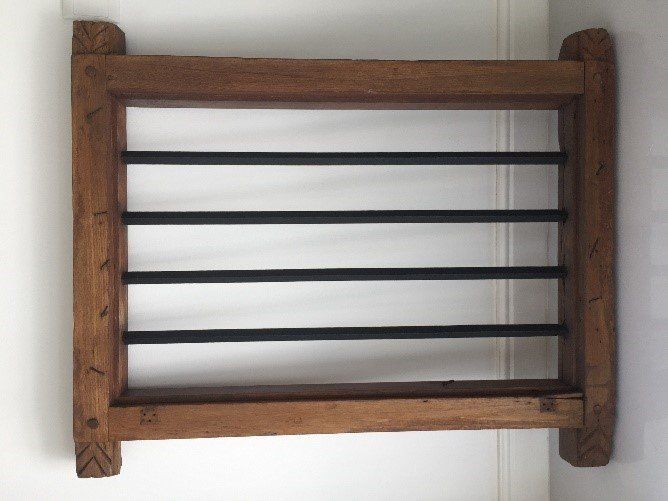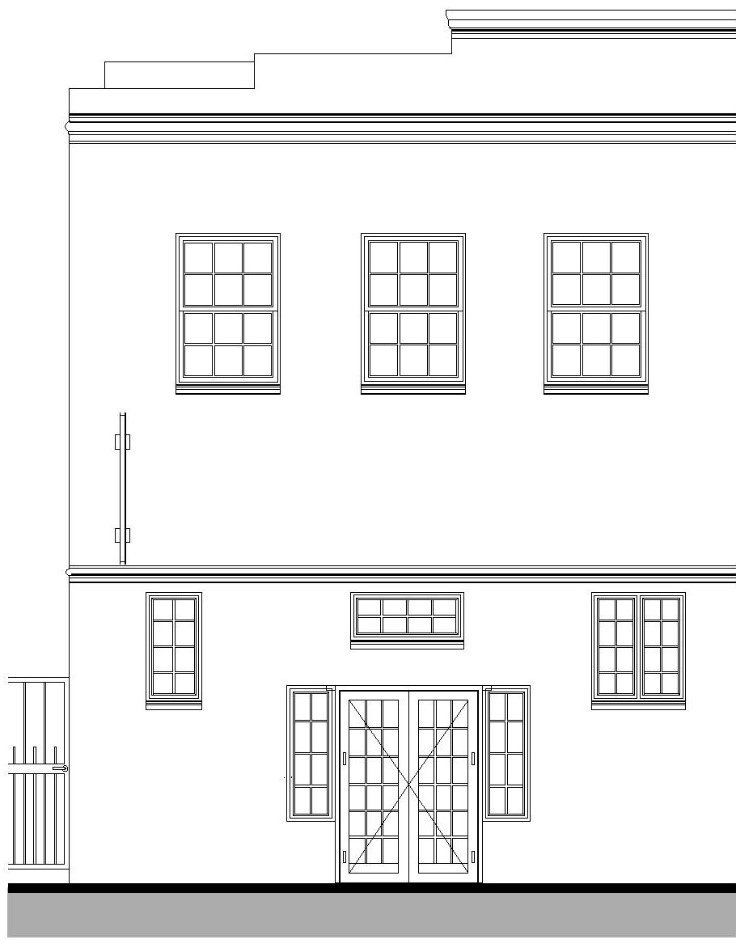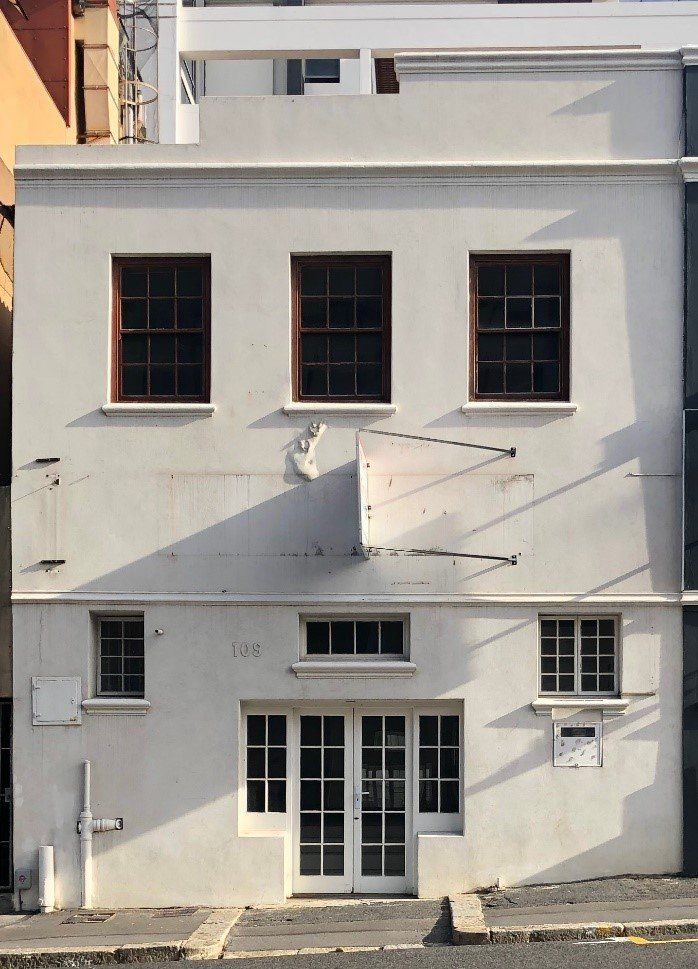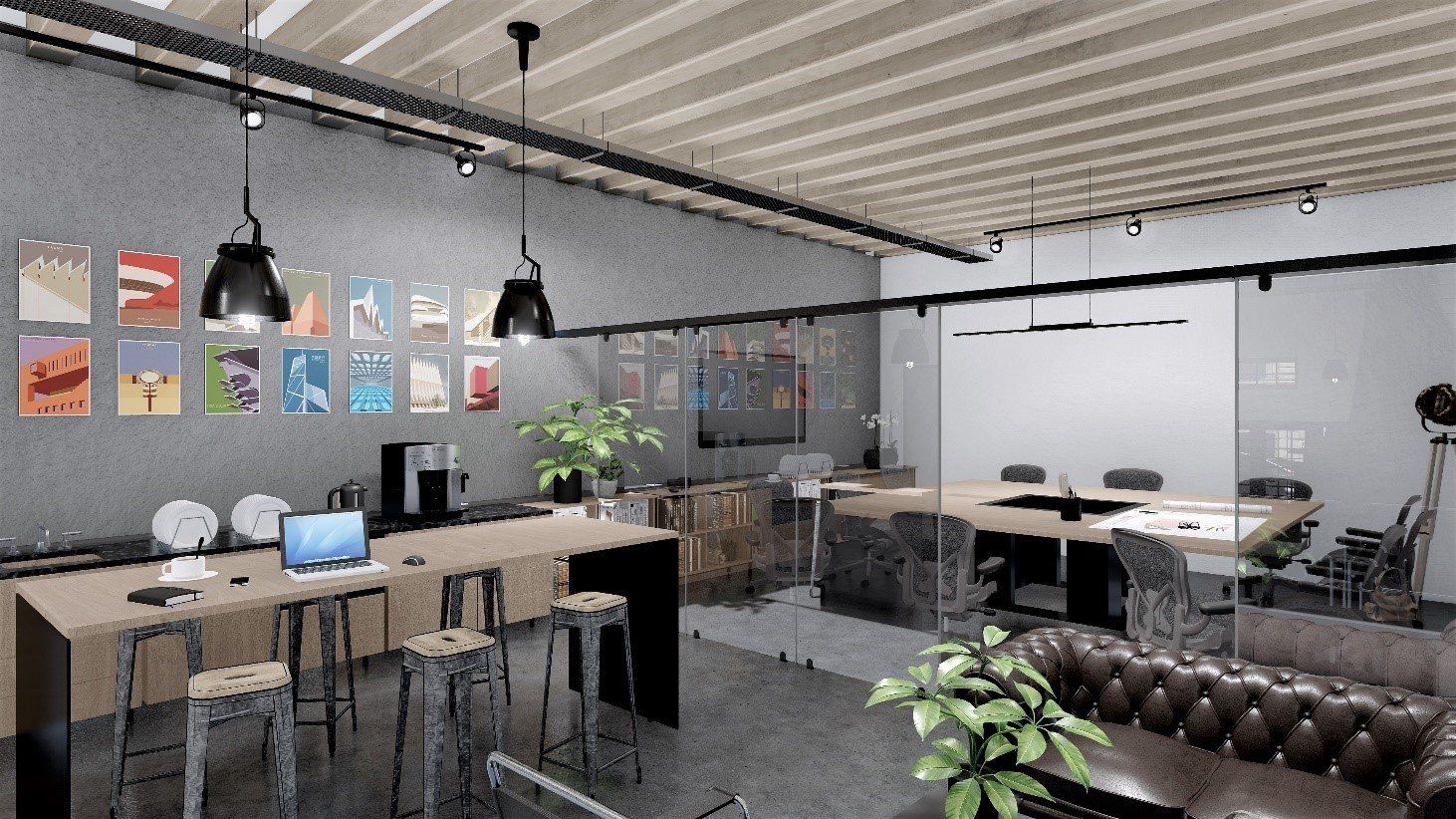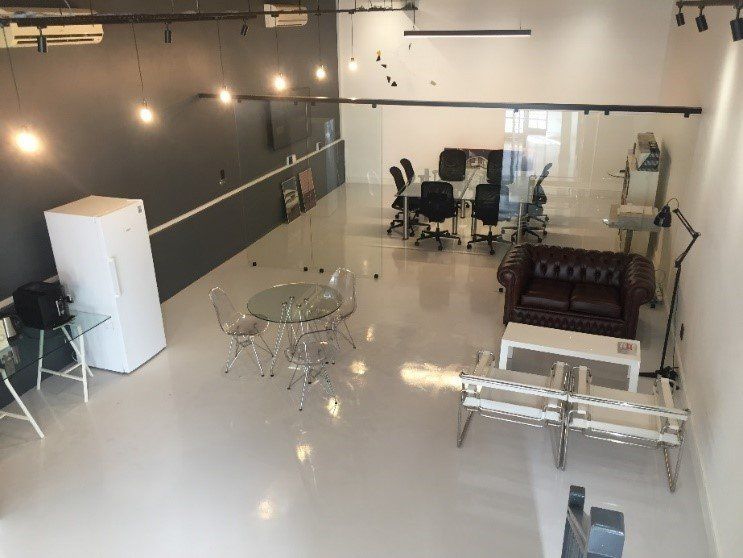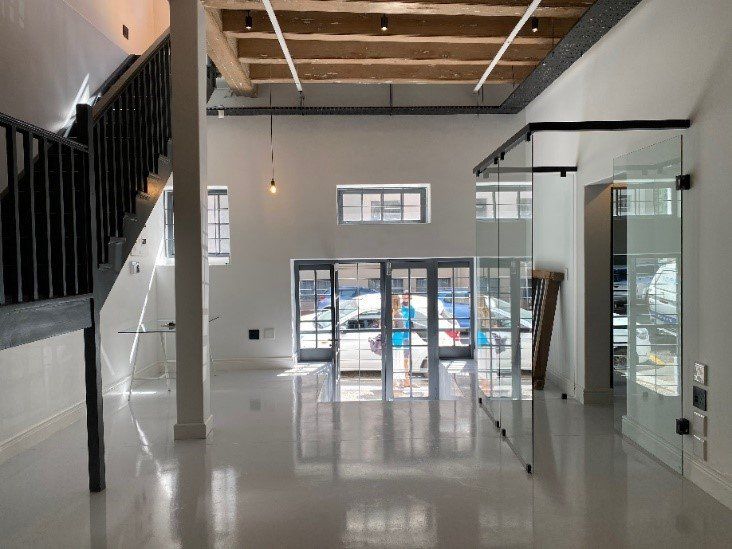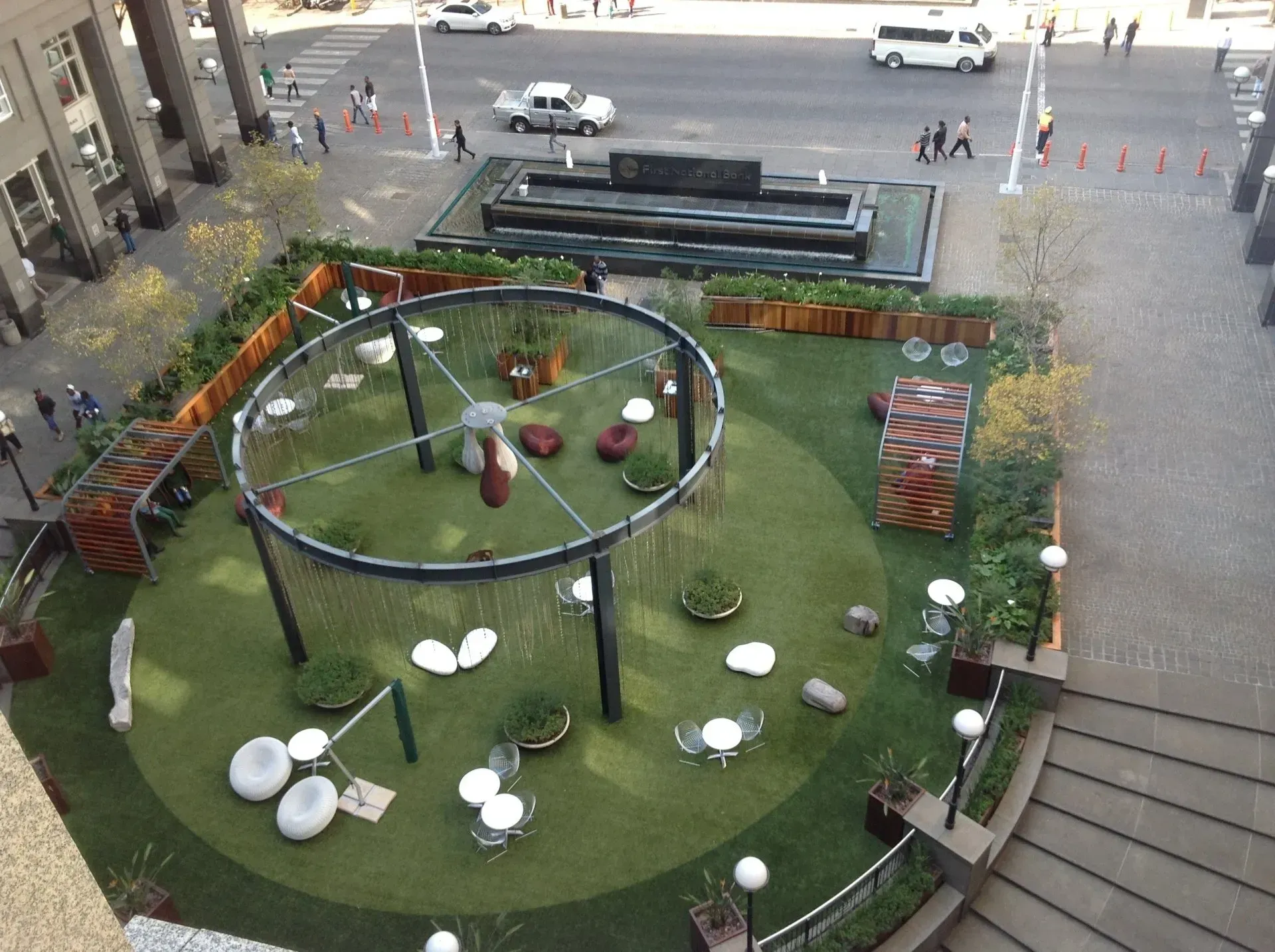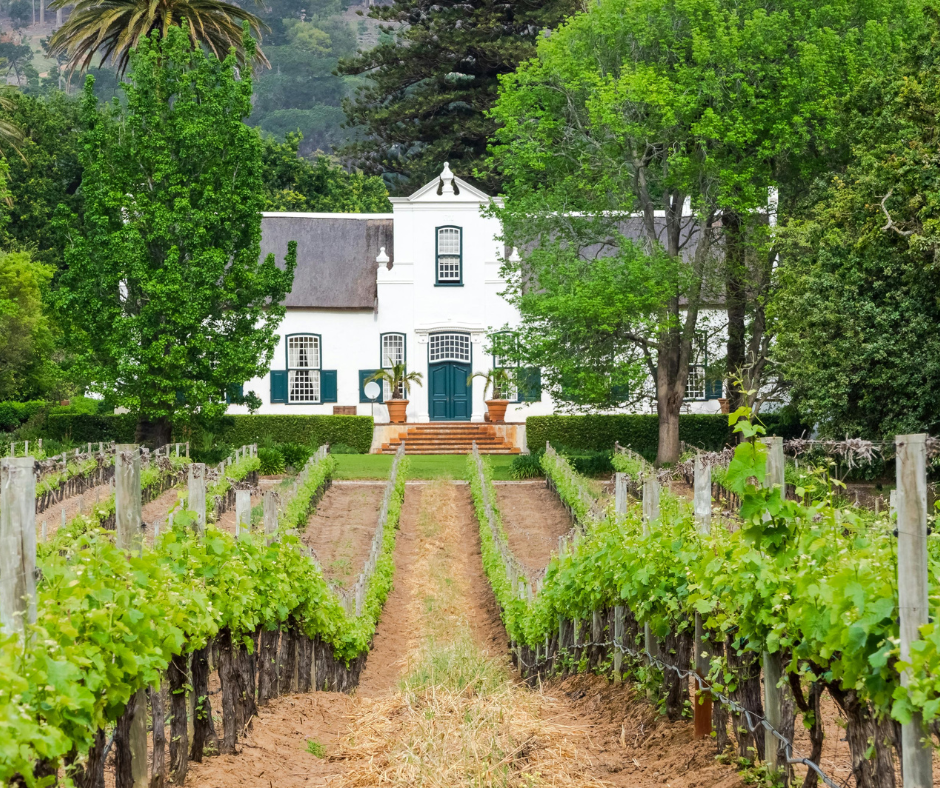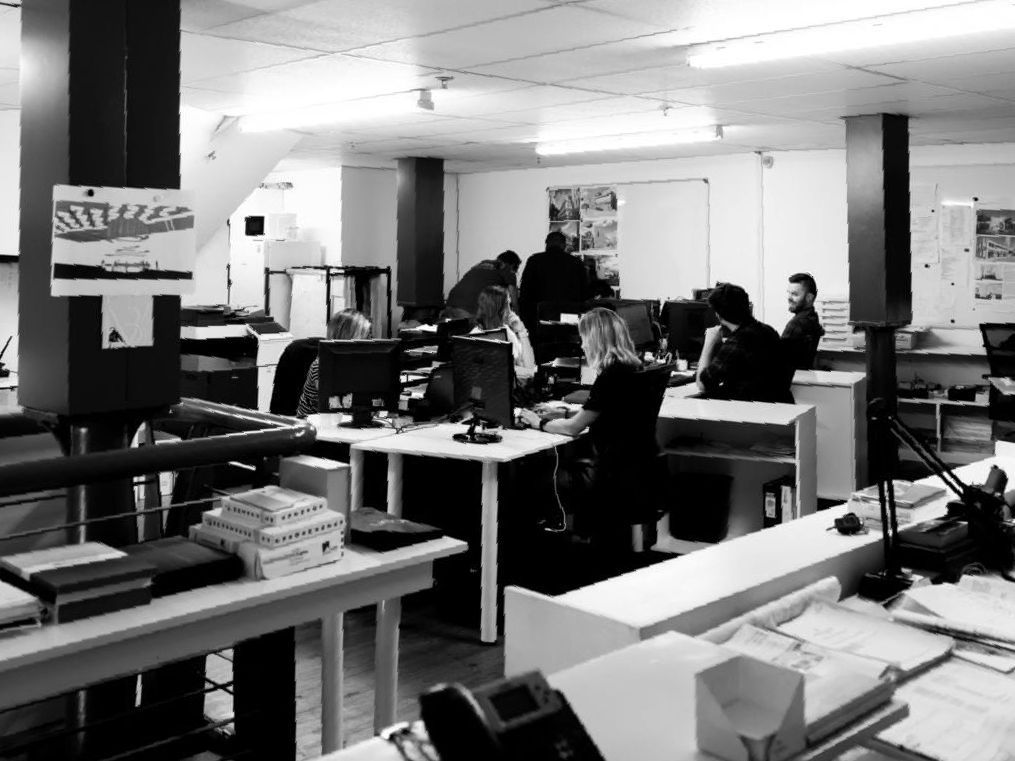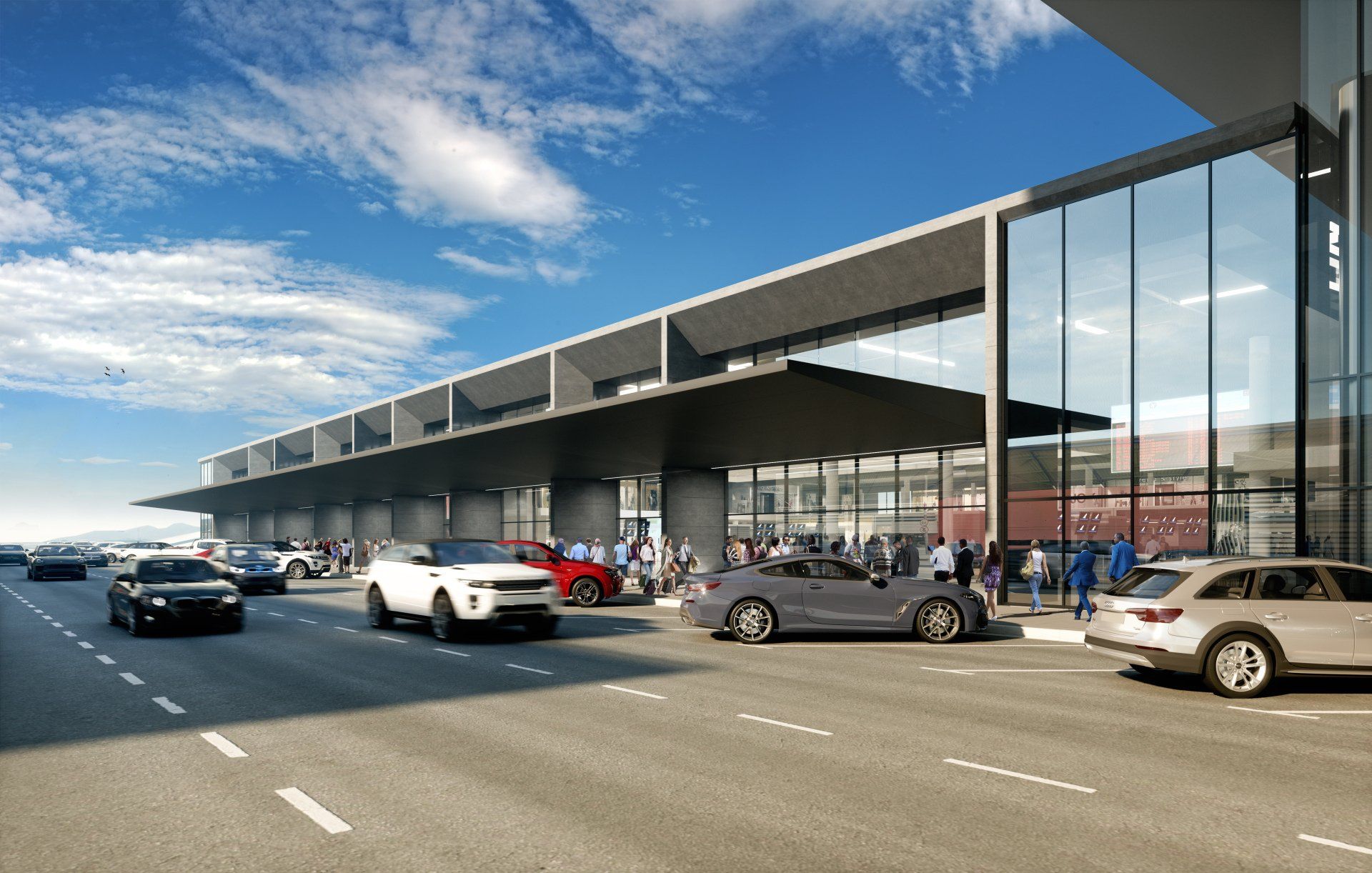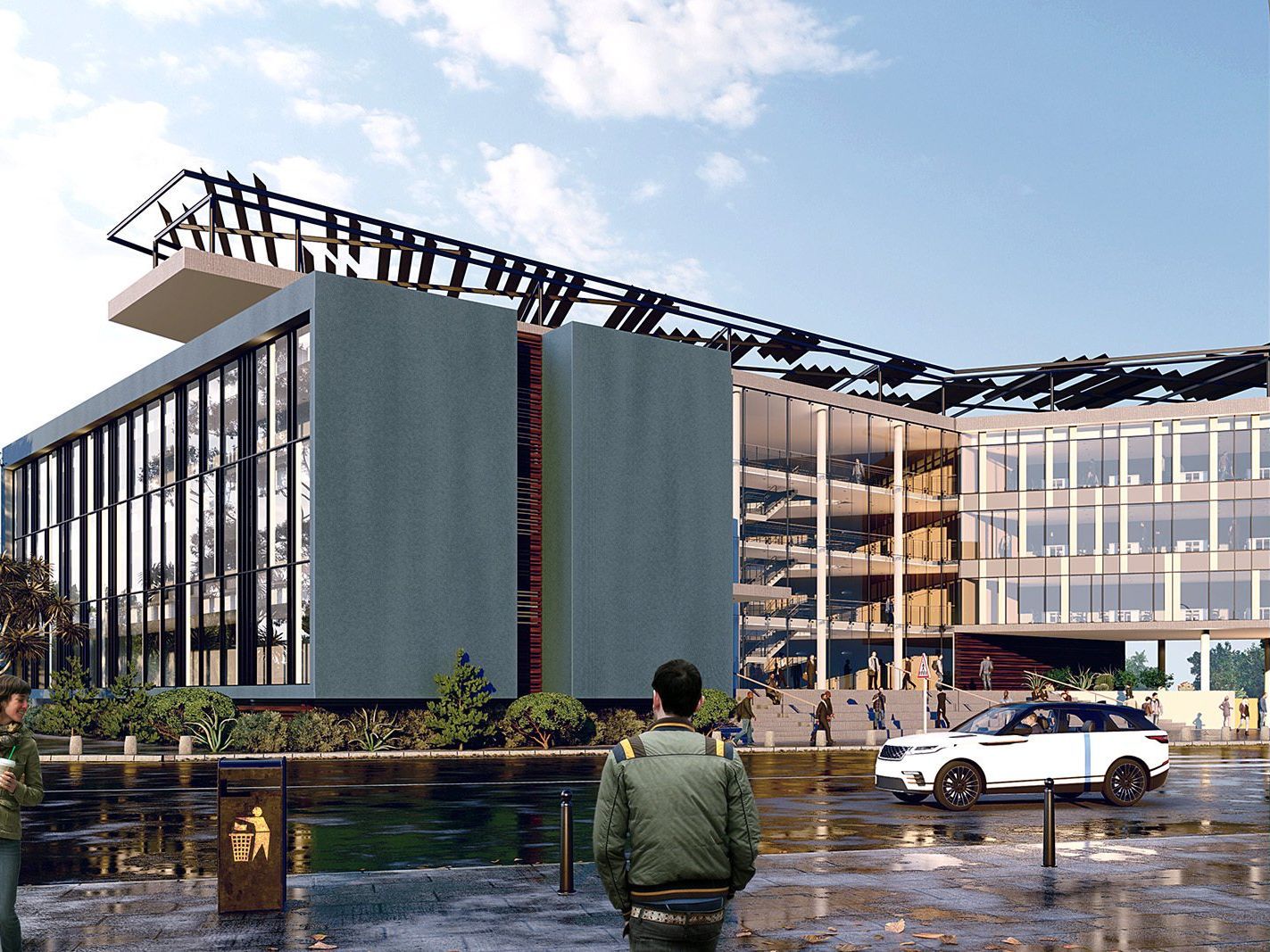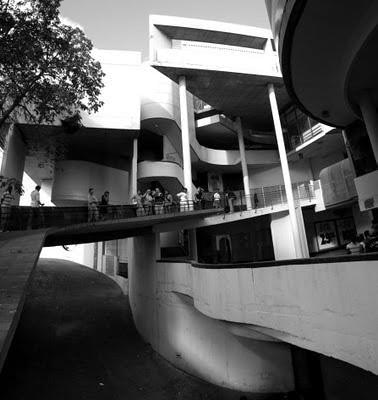Visit Design Scape Caper Town
2020 was a challenging year for many businesses, but for Design Scape there was a definite silver lining.
We had been on the lookout for our very own premises for ages. Architects have this need to put themselves out there, and work in a setting that tell their clientele what they are all about.
In April 2020, at the peak of the South African lockdown, we found just what we were looking for – an historic warehouse premises.
And the property market had just experienced a convenient slump.
So a slightly cheeky offer found us being the owners of our own sanctum.
Our building, from research, was likely built circa 1811-1818 – so, just before the 1820 Settlers.
A sketch, below, from about 1830, shows a view up Waterkant Street, and there is our building in plain sight, its top three window openings signposting its presence.
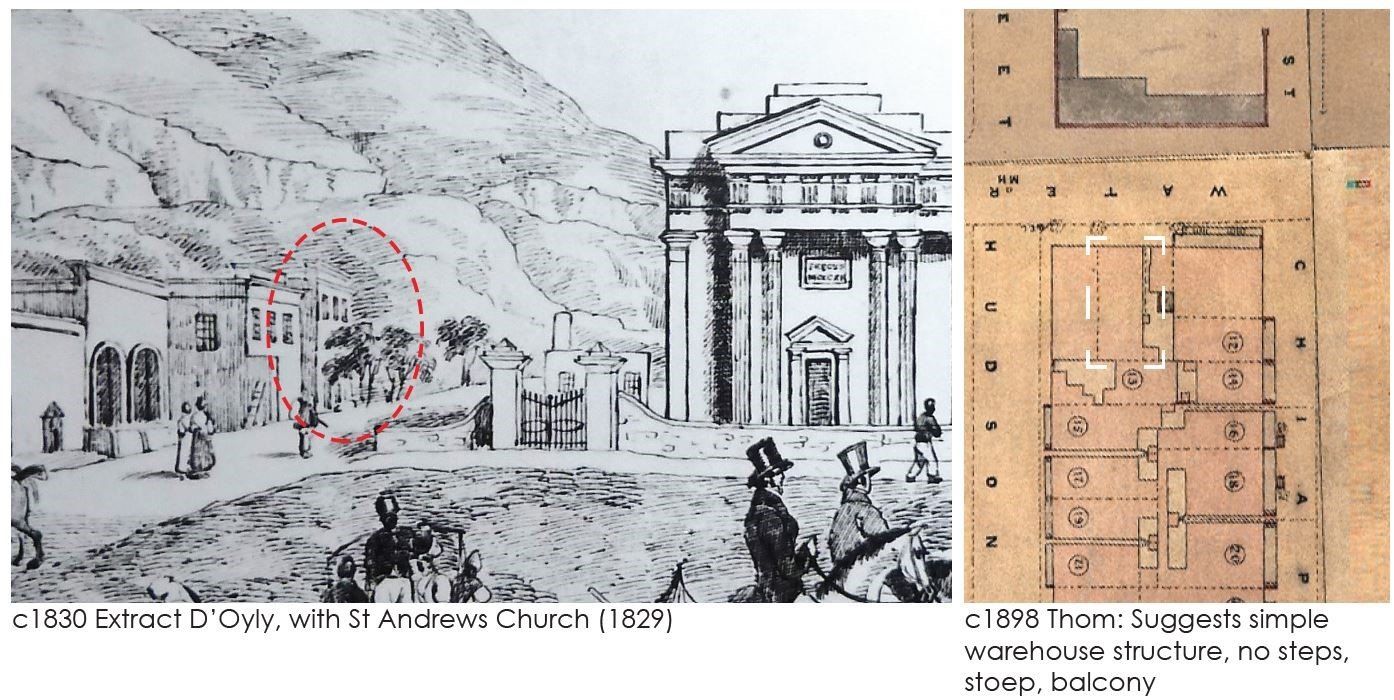
The 200m2 premises was originally built as a dock-related warehouse. It remained a warehouse for most of its life, though, in recent years we suspect it transitioned into a venue of nefarious activity, likewise associated with the dock trade. Pink walls are not a popular colour choice for most warehouses.
The original building was most likely built by using mud brick and dagha, as well as unbaked bricks.
Wall thickness varied dramatically, but some of the walls are 800mm thick.
The first floor was supported by a series of painted timber beams. It turns out that they were yellowwood, and the building used a small forest of them. These are all now cleaned of their paint.
And as glass was a luxury item back then, the original windows were just wood framed openings with heavy metal bar inserts for security. God knows if the building leaked in winter.
In upgrading the building to our needs, we placed the production teams on the top floor in an open plan environment, and turned the bottom floor into our public realm, for clients, our meetings, and the regular coffee breaks. And to showcase our small but growing, and precious, library of architectural books.
The planning is simple and understated, with minimal finishes, essentially reflecting our approach to projects. Keep everything controlled.
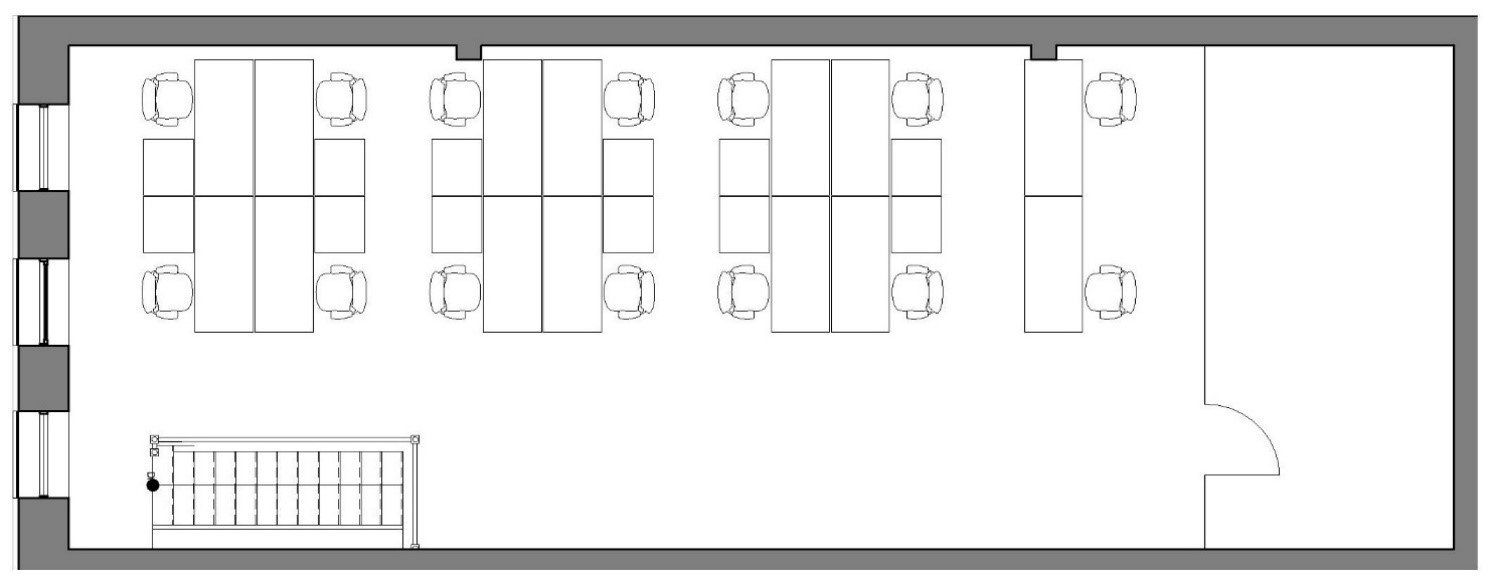
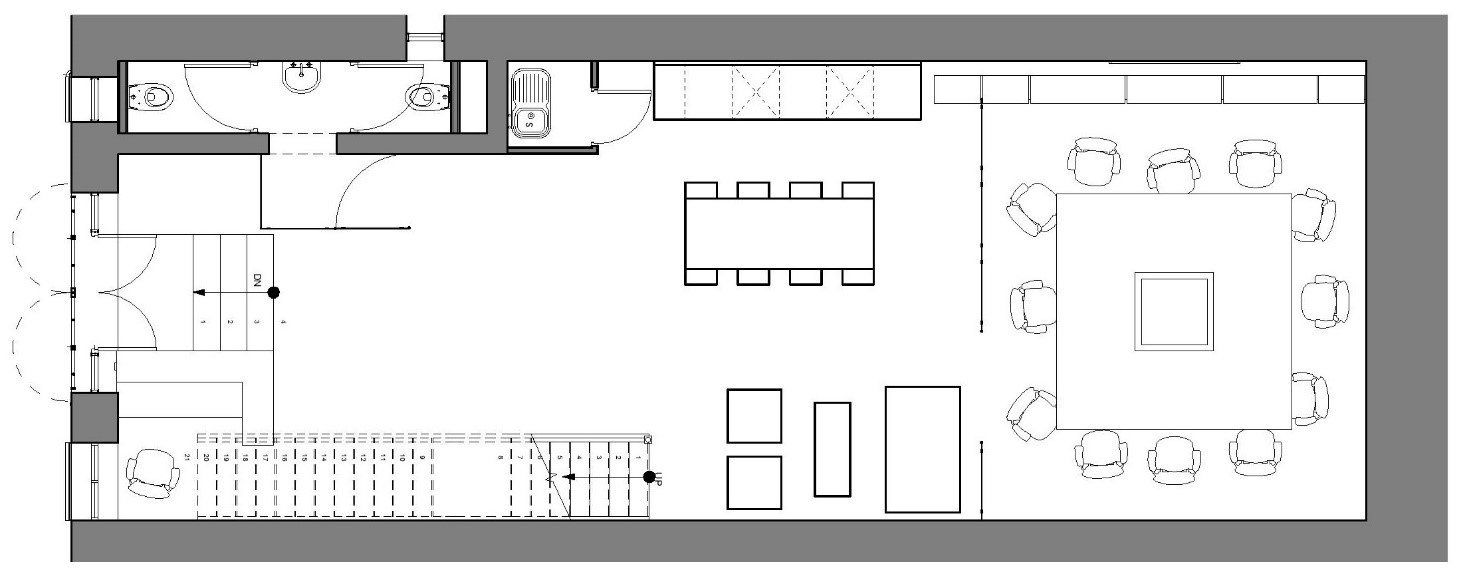
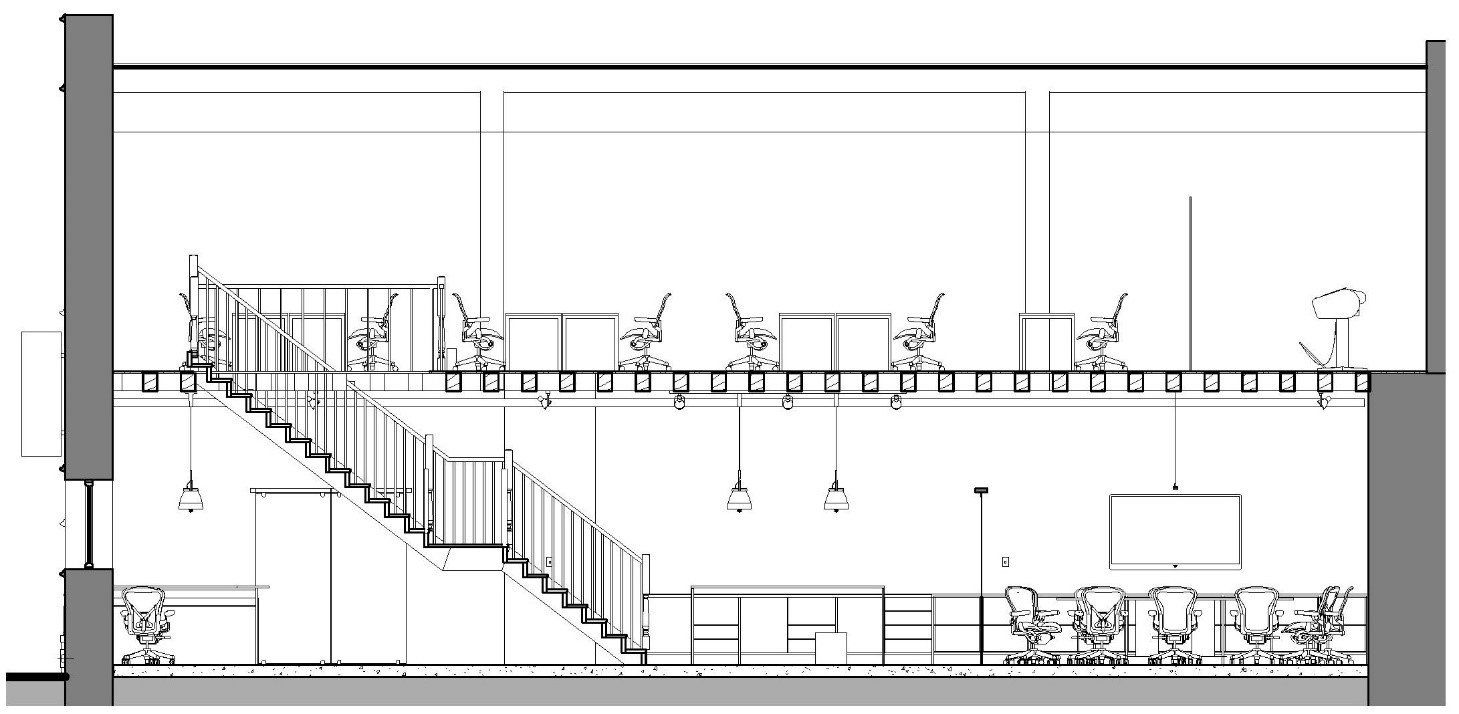
In time, the ground floor will slowly upgrade to include a lunch counter and other off-time facilities, such as a TV.
These are some images of the intention, together with the present extent of the alterations and upgrade.
Please come visit us at 109 Waterkant Street. The coffee awaits you.
The team at Design Scape make it our mission to stay on top of the latest architectural and design trends, and provide our readers with relevant architectural information.
For more information about our innovative architectural services and on how we can assist you, get in touch with our team of professional architects and designers in Durban and Cape Town.

Cape Town
109 Waterkant Street
De Waterkant Cape Town
South Africa, 8001
Durban
Rydall Vale Office Park
Rydall Vale Crescent
Block 3 Suite 3
Umhlanga, 4019
Website design by Archmark



